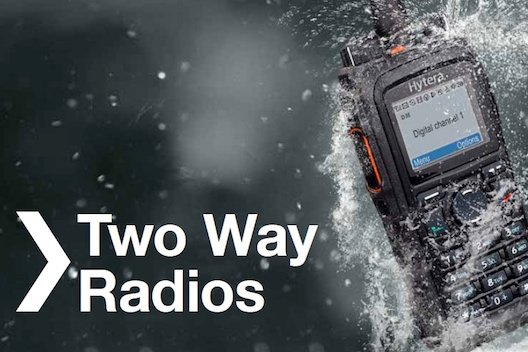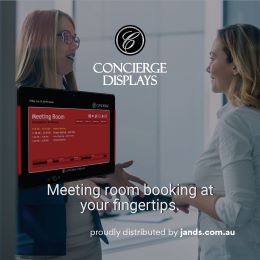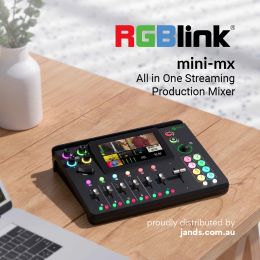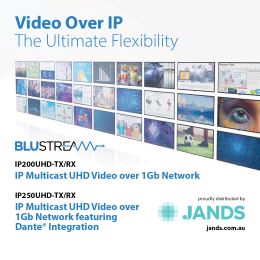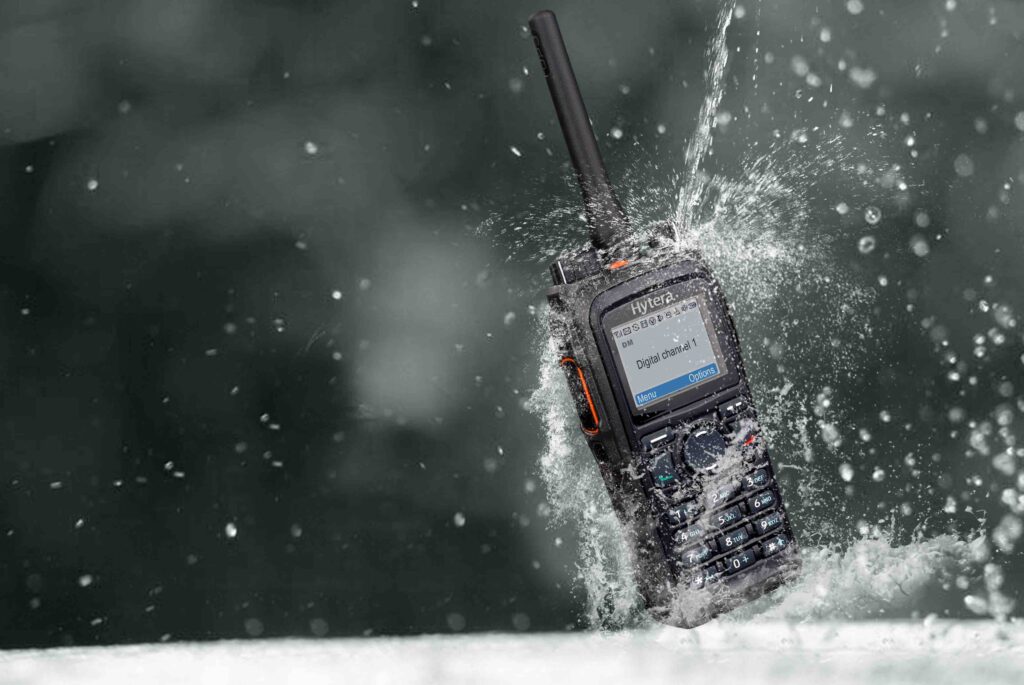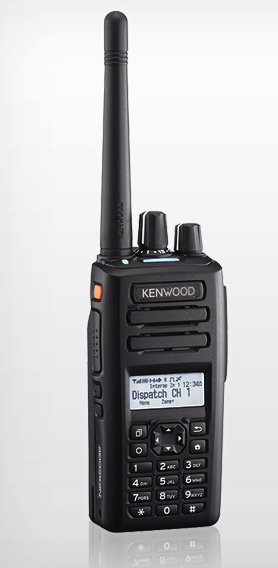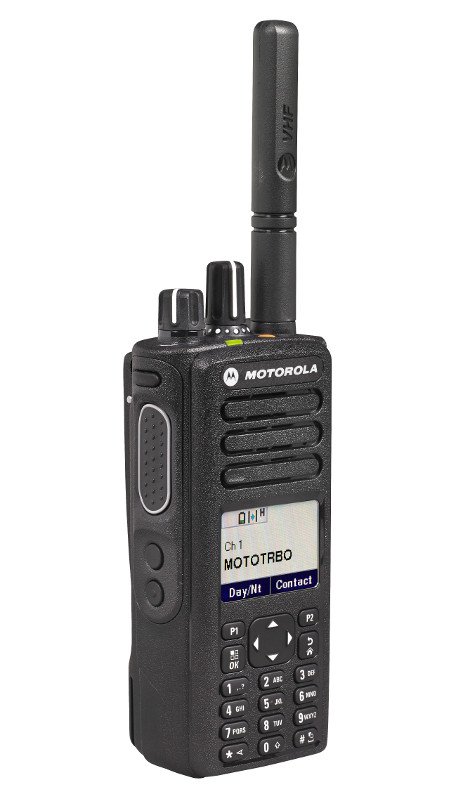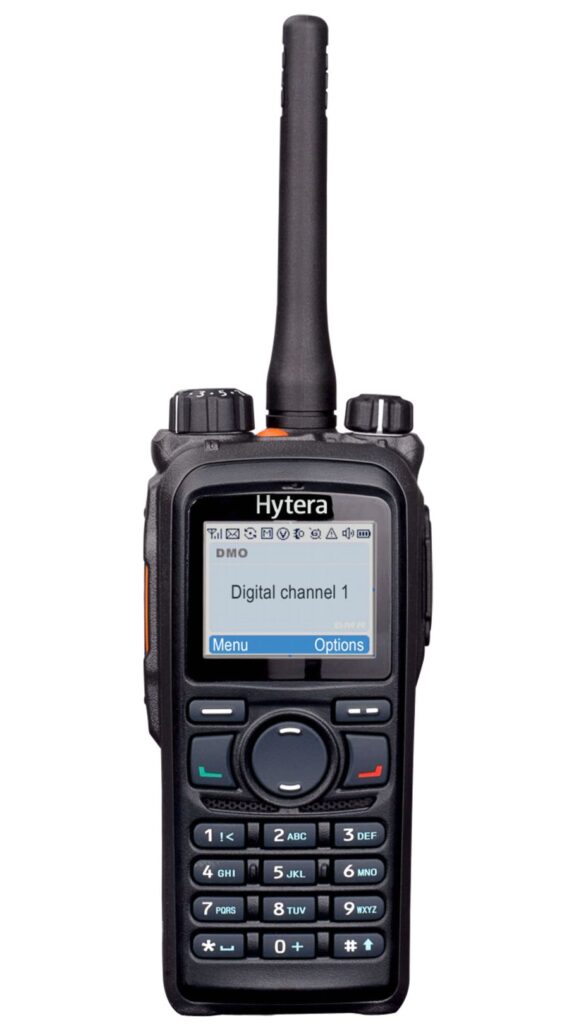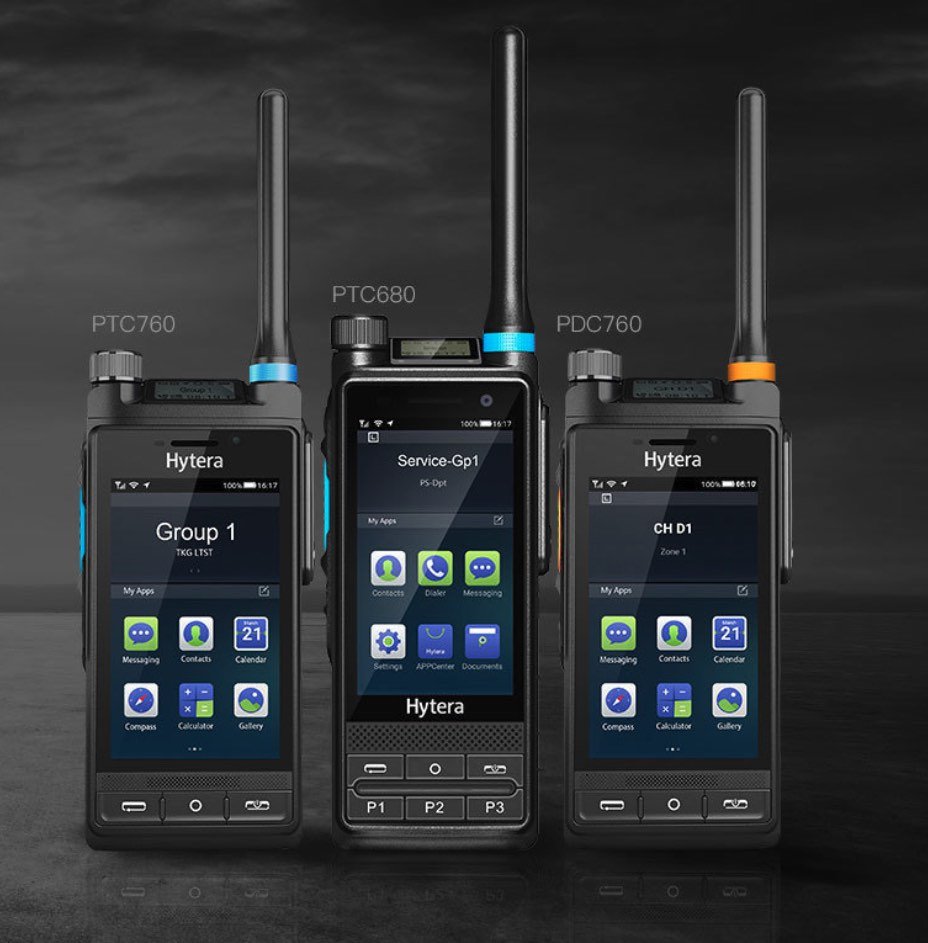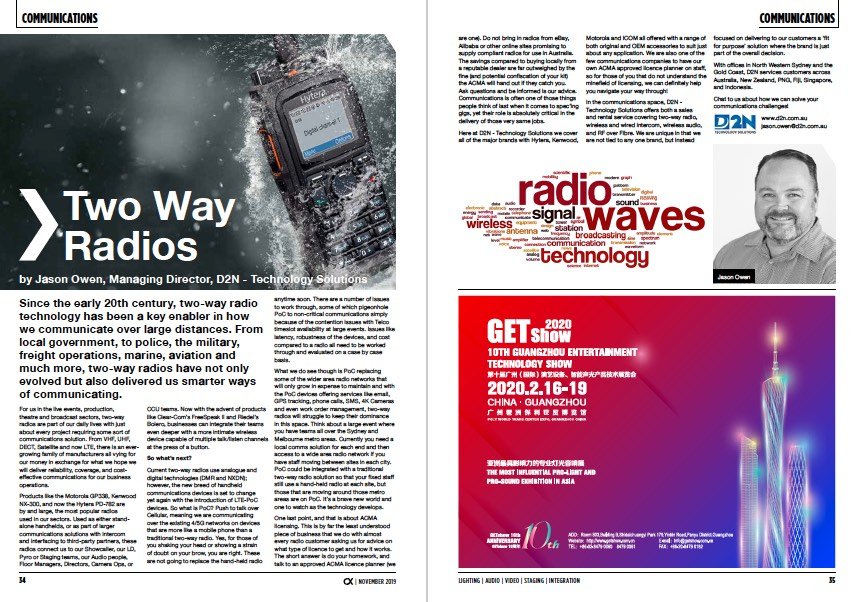Subscribe to CX E-News
COMMUNICATIONS

by Jason Owen, Managing Director D2N – Technology Solutions.
Since the early 20th century, two-way radio technology has been a key enabler in how we communicate over large distances. From local government, to police, the military, freight operations, marine, aviation and much more, two-way radios have not only evolved but also delivered us smarter ways of communicating.
For us in the live events, production, theatre and broadcast sectors, two-way radios are part of our daily lives with just about every project requiring some sort of communications solution.
From VHF, UHF, DECT, Satellite and now LTE, there is an ever-growing family of manufacturers all vying for our money in exchange for what we hope we will deliver reliability, coverage, and cost-effective communications for our business operations.
Products like the Motorola GP338, Kenwood NX-300, and now the Hytera PD-782 are by and large, the most popular radios used in our sectors.
Used as either stand-alone handhelds, or as part of larger communications solutions with intercom and interfacing to third-party partners, these radios connect us to our Showcaller, our LD, Pyro or Staging teams, our Audio people, Floor Managers, Directors, Camera Ops, or CCU teams.
Now with the advent of products like Clear-Com’s FreeSpeak II and Riedel’s Bolero, businesses can integrate their teams even deeper with a more intimate wireless device capable of multiple talk/listen channels at the press of a button.
So what’s next?
Current two-way radios use analogue and digital technologies (DMR and NXDN); however, the new breed of handheld communications devices is set to change yet again with the introduction of LTE-PoC devices.
So what is PoC? Push to talk over Cellular, meaning we are communicating over the existing 4/5G networks on devices that are more like a mobile phone than a traditional two-way radio.
Yes, for those of you shaking your head or showing a strain of doubt on your brow, you are right. These are not going to replace the hand-held radio anytime soon.
There are a number of issues to work through, some of which pigeonhole PoC to non-critical communications simply because of the contention issues with Telco timeslot availability at large events. Issues like latency, robustness of the devices, and cost compared to a radio all need to be worked through and evaluated on a case by case basis.
What we do see though is PoC replacing some of the wider area radio networks that will only grow in expense to maintain and with the PoC devices offering services like email, GPS tracking, phone calls, SMS, 4K Cameras and even work order management, two-way radios will struggle to keep their dominance in this space.
Think about a large event where you have teams all over the Sydney and Melbourne metro areas. Currently you need a local comms solution for each end and then access to a wide area radio network if you have staff moving between sites in each city.
PoC could be integrated with a traditional two-way radio solution so that your fixed staff still use a hand-held radio at each site, but those that are moving around those metro areas are on PoC. It’s a brave new world and one to watch as the technology develops.
One last point, and that is about ACMA licensing. This is by far the least understood piece of business that we do with almost every radio customer asking us for advice on what type of licence to get and how it works. The short answer is do your homework, and talk to an approved ACMA licence planner (we are one).
Do not bring in radios from eBay, Alibaba or other online sites promising to supply compliant radios for use in Australia. The savings compared to buying locally from a reputable dealer are far outweighed by the fine (and potential confiscation of your kit) the ACMA will hand out if they catch you.
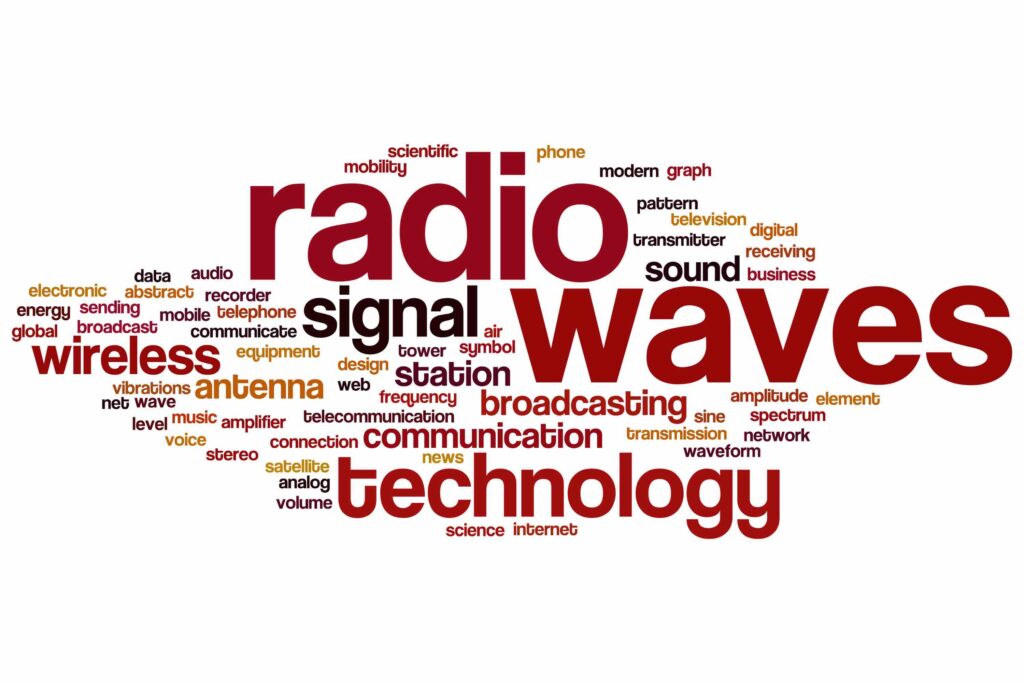
Ask questions and be informed is our advice.
Communications is often one of those things people think of last when it comes to spec’ing gigs, yet their role is absolutely critical in the delivery of those very same jobs.
Here at D2N – Technology Solutions we cover all of the major brands with Hytera, Kenwood, Motorola and ICOM all offered with a range of both original and OEM accessories to suit just about any application.
We are also one of the few communications companies to have our own ACMA approved licence planner on staff, so for those of you that do not understand the minefield of licensing, we can definitely help you navigate your way through!
In the communications space, D2N – Technology Solutions offers both a sales and rental service covering two-way radio, wireless and wired intercom, wireless audio, and RF over Fibre. We are unique in that we are not tied to any one brand, but instead focused on delivering to our customers a ‘fit for purpose’ solution where the brand is just part of the overall decision.
With offices in North Western Sydney and the Gold Coast, D2N services customers across Australia, New Zealand, PNG, Fiji, Singapore, and Indonesia.
Chat to us about how we can solve your communications challenges!
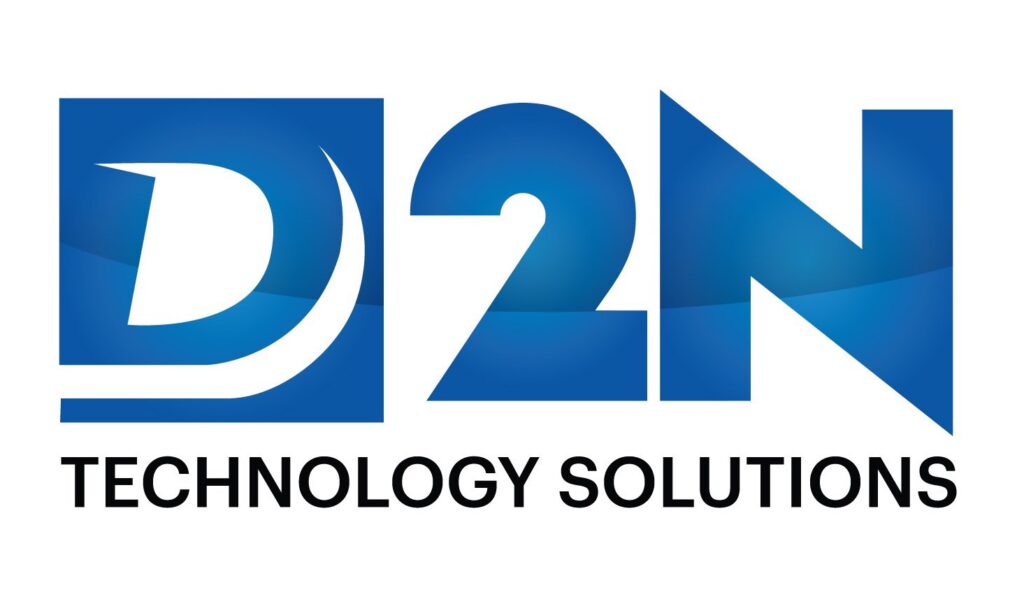
D2N – Technology Solutions
www.d2n.com.au
jason.owen@d2n.com.au
CX Magazine – Nov 2019 Entertainment technology news and issues for Australia and New Zealand – in print and free online www.cxnetwork.com.au
© CX Media
Subscribe
Published monthly since 1991, our famous AV industry magazine is free for download or pay for print. Subscribers also receive CX News, our free weekly email with the latest industry news and jobs.


